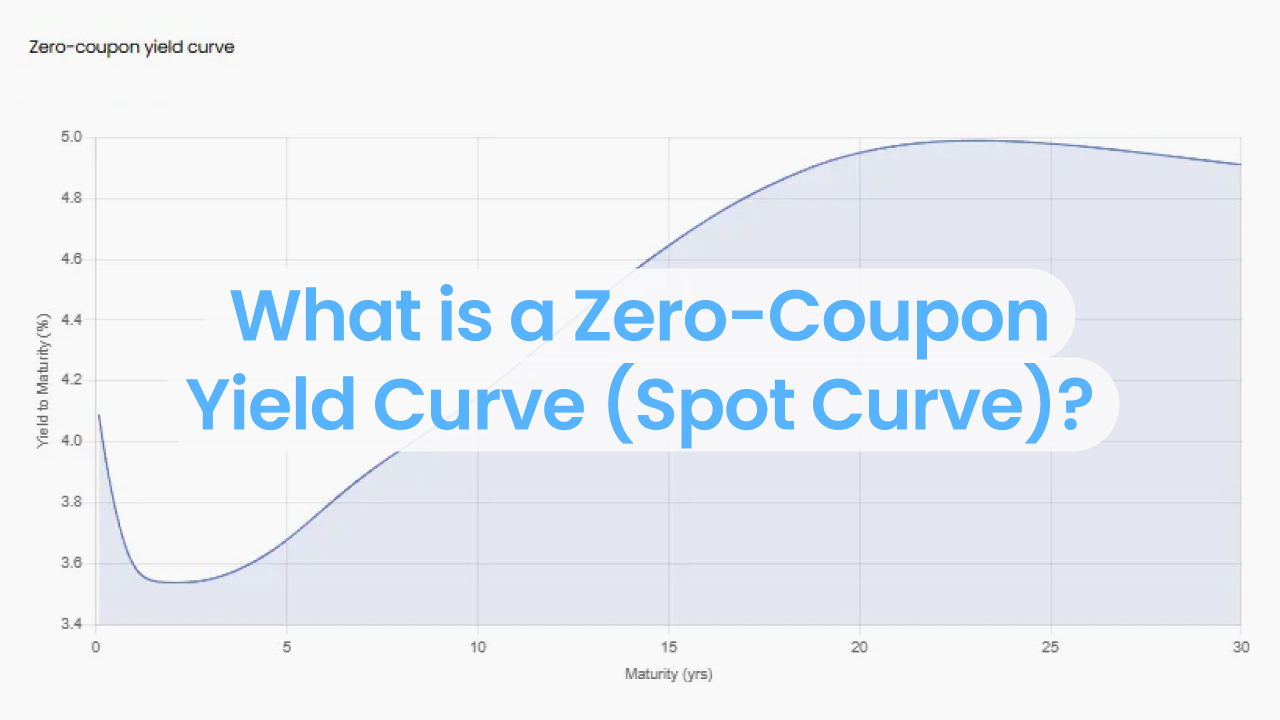1. Introduction
The financial world is filled with complex terms and concepts that can be difficult to grasp. One of these concepts is Mark-to-Market (MTM), a method used for valuing assets and liabilities. Understanding Mark-to-Market is crucial for those involved in finance, especially in dealing with financial instruments like derivatives. So, what does it mean to "mark something to market", particularly in the context of derivatives? This article aims to shed light on this topic.
2. Understanding the Concept of Derivatives
Before we delve into the intricacies of Mark-to-Market, let's first understand derivatives. A derivative is a financial instrument whose value depends on or is derived from the value of another asset, known as the underlying asset. Derivatives can be based on a variety of underlying assets, including stocks, bonds, commodities, currencies, interest rates, and market indexes. They are primarily used for hedging risk or for speculation. Investopedia's article on derivatives provides an excellent starting point for understanding this concept.
3. The Basics of Mark-to-Market Accounting
Mark-to-Market (MTM) is an accounting practice that involves recording the value of an asset based on its current market price, not on its book value or historical cost. This approach provides a realistic appraisal of a company's financial situation.
The concept of Fair Value Accounting is closely related to MTM. Fair value is the price that would be received to sell an asset or paid to transfer a liability in an orderly transaction between market participants at the measurement date. MTM is a way to measure fair value. For a more detailed understanding, you can visit this link on Investopedia.
4. Mark-to-Market in the Context of Derivatives
In the context of derivatives, MTM involves adjusting the value of a derivative contract as market prices change. When the market price of the underlying asset fluctuates, the value of the derivative changes accordingly. This change is recorded in the company's accounts to reflect the 'marked-to-market' value of the derivative.
The process of MTM valuation for derivatives involves determining the present value of future cash flows expected from the derivative contract. This is based on the current market price of the underlying asset and the terms of the contract. For a deeper understanding of MTM pricing, check out this resource.
5. Impact of Mark-to-Market on Financial Reporting
Mark-to-Market accounting significantly impacts a company's financial reporting. MTM provides a clear picture of a company's current financial situation by reflecting the real-time value of assets and liabilities. This is especially important for investors and stakeholders as it offers a transparent view of the company's value, allowing for more informed decision-making. Here is a useful link to understand how MTM affects financial reporting.
6. Case Study: The Application of Mark-to-Market in Investment Management
A good example of the use of MTM in investment management can be found in the hedge fund industry. Hedge funds often invest in complex derivatives, and these investments are marked to market regularly to reflect their current value.
For instance, suppose a hedge fund enters into a derivative contract based on the price of oil. If the market price of oil rises, the value of the derivative contract increases. This increase is then marked to market, reflecting a gain in the hedge fund's accounts. Conversely, if the price of oil drops, the contract's value decreases, and a loss is marked to market in the accounts. This practice provides a clear, up-to-date picture of the hedge fund's investment performance.
7. Pros and Cons of Mark-to-Market in Derivatives
The primary advantage of MTM is transparency. It provides a realistic and current view of an entity's financial health. In the case of derivatives, it offers a clear understanding of the value and associated risk of these financial instruments.
However, MTM is not without its drawbacks. It can lead to significant volatility in a company's reported income, as market prices of underlying assets can fluctuate frequently. This can be particularly problematic during periods of market stress or volatility when asset prices can swing wildly.
8. Conclusion
Understanding the concept of Mark-to-Market, especially in the context of derivatives, is crucial for financial professionals. It helps provide a clear, realistic picture of a company's financial situation, allowing for better decision-making. However, it's also important to understand the potential volatility that can come with MTM, particularly during times of market stress.




.png)